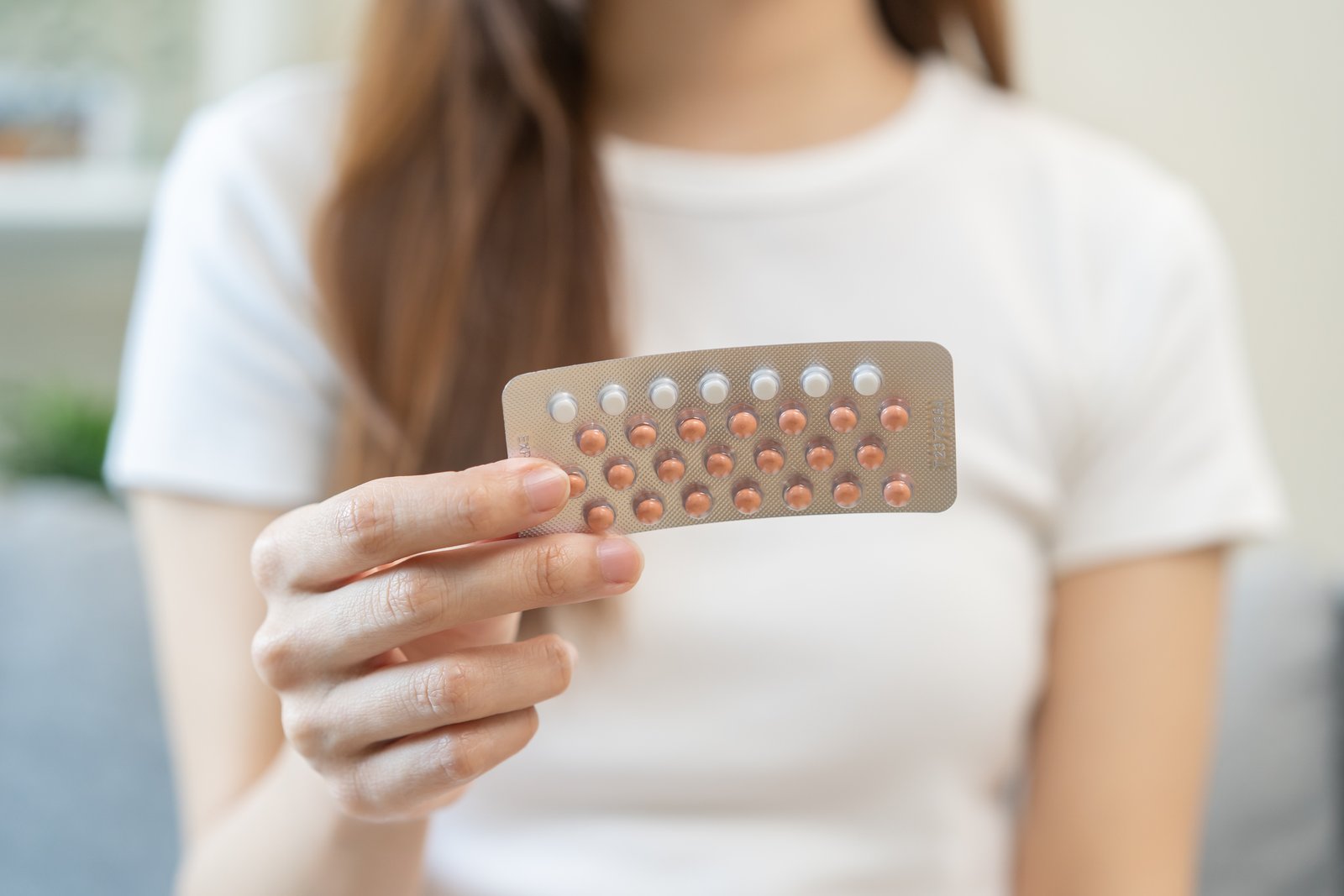Bioidentical and Body-Identical Hormones: What’s the Difference and Why It Matters
Reading time 7 min

Reading time 7 min

You may have heard the terms bioidentical and body-identical hormones floating around, often with a mix of enthusiasm and confusion. Are they the same? Are they safer than traditional HRT? And most importantly—do they work? Let’s break it down so you can make an informed decision about your hormone therapy options.
What’s the difference between bioidentical and body-identical hormones?
Body-identical hormones are regulated, pharmacy-grade hormones chemically identical to your body’s. Bioidentical hormones may also match your body’s chemistry, but are often unregulated, custom-mixed, and marketed as “natural” without proven safety or consistent dosing. Always check the source and quality.
The terms “bioidentical” and “body-identical” are sometimes used interchangeably, but they mean different things1, 2.
Body-identical hormones refer to hormones that are chemically identical to those naturally produced by the human body. These are regulated, standardized, and available as prescription medications in pharmacies. Examples include estradiol (E2) and micronized progesterone.
Bioidentical hormones technically refer to the same concept—hormones that match what your body produces. The term ‘bioidentical’ originated in the 1990s as a marketing term used by compounding pharmacies to distinguish their custom-mixed hormone formulations from pharmaceutical-grade options.
Over time, it became associated with unregulated hormone therapies despite the fact that many prescription body-identical hormones are widely available and meet stringent regulatory standards. However, this term is often used in marketing for compounded hormone therapies, which are mixed by specialized pharmacies and not subject to the same regulatory oversight as FDA or EMA-approved hormone therapies.
The distinction is critical because body-identical HRT is rigorously tested for safety, efficacy, and consistency, whereas compounded bioidentical hormones lack the same level of scrutiny and safety standards3.
Some women may need customized dosing, but compounded hormones come with risks—such as inconsistent potency, contamination, and a lack of long-term safety data. Inconsistent potency means that each batch may not contain the exact amount of hormones needed, leading to fluctuating hormone levels and unpredictable symptom relief.

Contamination is another concern. Compounded formulations are not produced under the same stringent manufacturing conditions as pharmaceutical-grade medications, increasing the risk of bacterial growth or cross-contamination with other substances.
Another concern is that compounded hormones often don’t include clear labeling about risks, dosing, or monitoring guidelines, making them harder to use safely. Major health authorities, including the FDA (in the USA) and EMA (in the EU), have issued warnings about unverified claims surrounding compounded bioidentical hormones.
Government health authorities emphasize that bioidentical HRT is not proven to be safer or more effective than standard body-identical HRT4.
If you’re looking for a hormone therapy that mimics your body’s natural hormones while having solid scientific backing, body-identical HRT is a great option5. Here’s why:
When deciding between body-identical and compounded bioidentical HRT, consider these questions:
One of the biggest marketing claims around compounded bioidentical hormones is the supposed superiority of estriol over estradiol. Estriol is a weaker form of estrogen and is often promoted as a “safer” alternative, particularly for women concerned about breast cancer risk.
However, there is little scientific evidence to support the idea that estriol is more beneficial or protective than estradiol.
In fact, estradiol—the form used in regulated body-identical HRT—has been extensively studied and is known to effectively relieve menopausal symptoms, protect bone health, and support cardiovascular function.
Meanwhile, estriol has a much weaker effect on estrogen receptors and may not provide the same level of symptom relief. Despite its popularity in some alternative medicine circles, estriol remains under-researched and lacks the strong scientific backing that estradiol has6, 7.
There’s a lot of misinformation about bioidentical hormones, and it’s easy to get swayed by marketing that claims compounded options are superior simply because they’re “natural.” The reality? Body-identical HRT is the gold standard for safety and effectiveness.
If you’re considering hormone therapy, make sure you’re working with a doctor who understands the difference and can guide you toward a well-researched, reliable treatment.
Dr. Jūra Lašas
1.
Kauffman, R. et al. Fear, misinformation, and pharmaceutical messianism in the promotion of compounded bioidentical hormone therapy. (2024) https://doi.org10.3389/frph.2024.1378644
2.
Constantine, G. et al. Prescribing of FDA-approved and compounded hormone therapy differs by specialty. (2016) https://doi.org/10.1097/GME.0000000000000683
3.
Jackson, L. et al. The Clinical Utility of Compounded Bioidentical Hormone Therapy: A Review of Safety, Effectiveness, and Use. (2020)
4.
Fishman, J. et al. Bioidentical hormones, menopausal women, and the lure of the “natural” in U.S. anti-aging medicine. (2015) https://doi.org/10.1016/j.socscimed.2015.02.027
5.
Holtorf, K. The Bioidentical Hormone Debate: Are Bioidentical Hormones (Estradiol, Estriol, and Progesterone) Safer or More Efficacious than Commonly Used Synthetic Versions in Hormone Replacement Therapy? (2009) https://doi.org/10.3810/pgm.2009.01.1949
6.
Perkins, M. et al. A comparative characterization of estrogens used in hormone therapy via estrogen receptor (ER)-α and -β. (2017) https://doi.org/10.1016/j.jsbmb.2017.07.022
7.
Cirigliano, M. Bioidentical hormone therapy: a review of the evidence. (2007) https://doi.org/10.1089/JWH.2006.0311